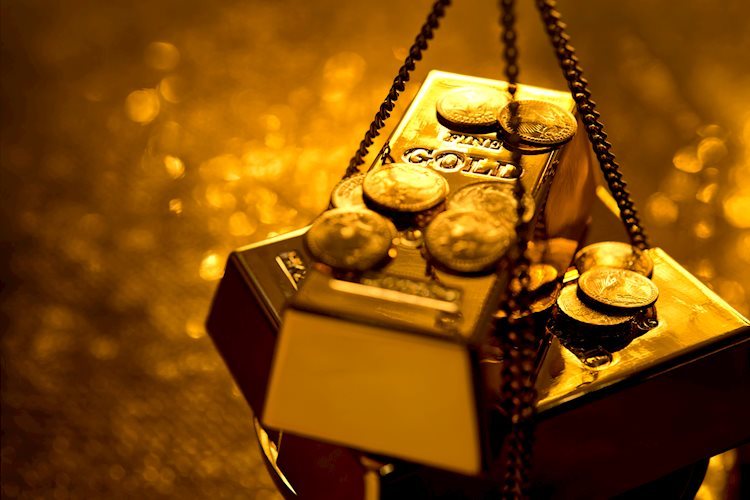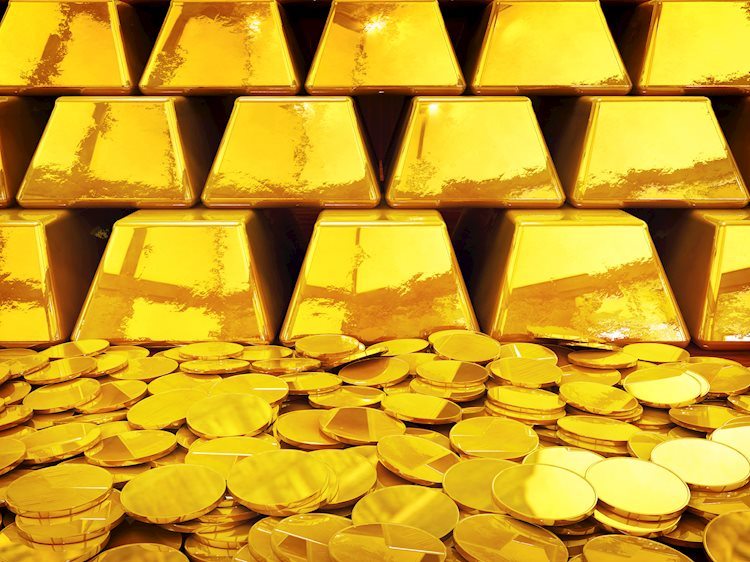Gold Prices
Understanding Gold Prices
Gold has long been revered as a symbol of wealth and prosperity. Its allure, stemming from its luster and rarity, has established it as a precious metal that transcends mere ornamentation to become a pivotal market commodity. This guide delves into the intricacies of gold prices, offering insights into the factors that influence its value and how it serves as a cornerstone for investors, goldsmiths, and jewelry enthusiasts alike.
The Dynamics of Gold Pricing
The price of gold is a reflection of a complex interplay between demand and supply, influenced by global market trends, inflation rates, and economic indicators. Gold’s value is often quoted per ounce in financial markets, serving as a benchmark for pricing in various forms, including bullion, coins, and jewelry. The spot price of gold—its rate for immediate delivery—fluctuates constantly, affected by trading activities around the globe. This volatility is a key consideration for investors who look to gold as a hedge against inflation and currency devaluation.
Gold as an Investment
Investing in gold can take multiple forms, from purchasing physical gold in the form of bullion or coins to buying gold ETFs (Exchange-Traded Funds) that track the price of gold. The allure of gold investment lies in its ability to retain value over time, making it a safe haven during periods of economic uncertainty. The price of gold per gram or ounce is closely watched by investors, as it provides critical insights into market trends and potential returns on investment.
The Role of Demand and Supply
The demand for gold, driven by its uses in jewelry, technology, and by central banks, significantly impacts its price. Jewelry accounts for a substantial portion of gold demand, with the craftsmanship of goldsmiths and the allure of gold jewelry pieces influencing consumer behavior. Conversely, the supply of gold, regulated by mining activities and recycling, also plays a crucial role in determining its price. The balance between demand and supply, coupled with speculative activities in gold markets, leads to price fluctuations that are closely monitored by investors and analysts.
Gold Purity and Valuation
The purity of gold, measured in karats, is a critical factor in its valuation, especially in the jewelry industry. Pure gold, known as 24-karat gold, is too soft for everyday wear, hence it is often alloyed with other metals to enhance its durability. The purity of gold affects its value, with higher karat gold being more expensive. Gold’s weight is another determinant of its value, typically measured in grams. The appraisal of gold, whether by a pawnshop or a professional appraiser, involves assessing its purity, weight, and current market value to determine its worth.
Latest Post
Today’s Gold Price: Israel-Iran Tensions Drive Rates up for Sixth Consecutive Week
Understanding the Rise in Gold Prices Gold prices are currently on the rise for the sixth consecutive week, with experts attributing this trend to escalating geopolitical tensions, particularly in the Middle East...
Optimizing Your Search for High Gold Prices: Tips for Finding the Best Deals Today
Gold prices are climbing right now, so if you're going to buy in, it's important to try and find the best prices possible. Getty Images Gold has long been regarded as a...
Gold Price Soars to Historic Highs Due to Escalating Geopolitical Crises
Gold prices have reached a new record high, surpassing 2400.00 USD, as investors flock to the precious metal for its safe-haven appeal amidst escalating geopolitical tensions and uncertain economic conditions. Geopolitical Tensions...
The Impact of USD: What You Need to Know
Gold Prices Hit Fresh Highs: How Does It Impact USD?Gold prices reached record highs on April 12, 2024, as growing economic tensions fuel worries about exacerbating macroeconomic headwinds. The precious metal's value...
Gold Price Increases as Geopolitical Concerns Trump Dwindling Expectations for US Interest Rate Cuts
Gold price exhibits strength as geopolitical tensions keep safe-haven demand firm. The US Dollar corrects amid fears that inflation will remain stubborn in other developed nations. Fed Mester is confident about policy...
Gold prices decrease despite positive investor sentiment, showing resilience against Federal Reserve’s hawkish stance
Gold price drops from daily highs as better global risk sentiment diminishes safe-haven demand. A dip in US Treasury yields places additional pressure on the US Dollar amidst hawkish Fed remarks. Easing...
Gold price steady, silver price decreases by Rs 35 per tola – myRepublica
Gold Prices Stable in Domestic Market KATHMANDU, April 17: The price of gold remained stable in the domestic market on Wednesday. The trading price of fine gold maintains stability at Rs 139,200...
Gold price remains stable despite increasing US Treasury yields following remarks from Powell
Gold climbs, reacting to Fed Chair Powell's hawkish comments and mixed US data. Tensions in the Middle East escalate, influencing Gold's status as a safe-haven asset. Market expectations reduce the likelihood of...
Rates of services in major Indian cities for better search engine optimization
Gold prices in India saw an uptick on Tuesday, with the price reaching 72,985 Indian Rupees (INR) per 10 grams, reflecting a rise of INR 666 compared to the previous day's price...
GoldPrices.org is your go-to resource for all things related to gold prices. This comprehensive website offers up-to-date information on current gold prices, providing valuable insights for investors and enthusiasts alike. Delve into the fascinating history of gold prices, explore insightful news, and analyze detailed charts and data. Whether you're a seasoned investor or just curious about the gold market, GoldPrices.org offers a rich repository of information to help you stay informed and make educated decisions.













